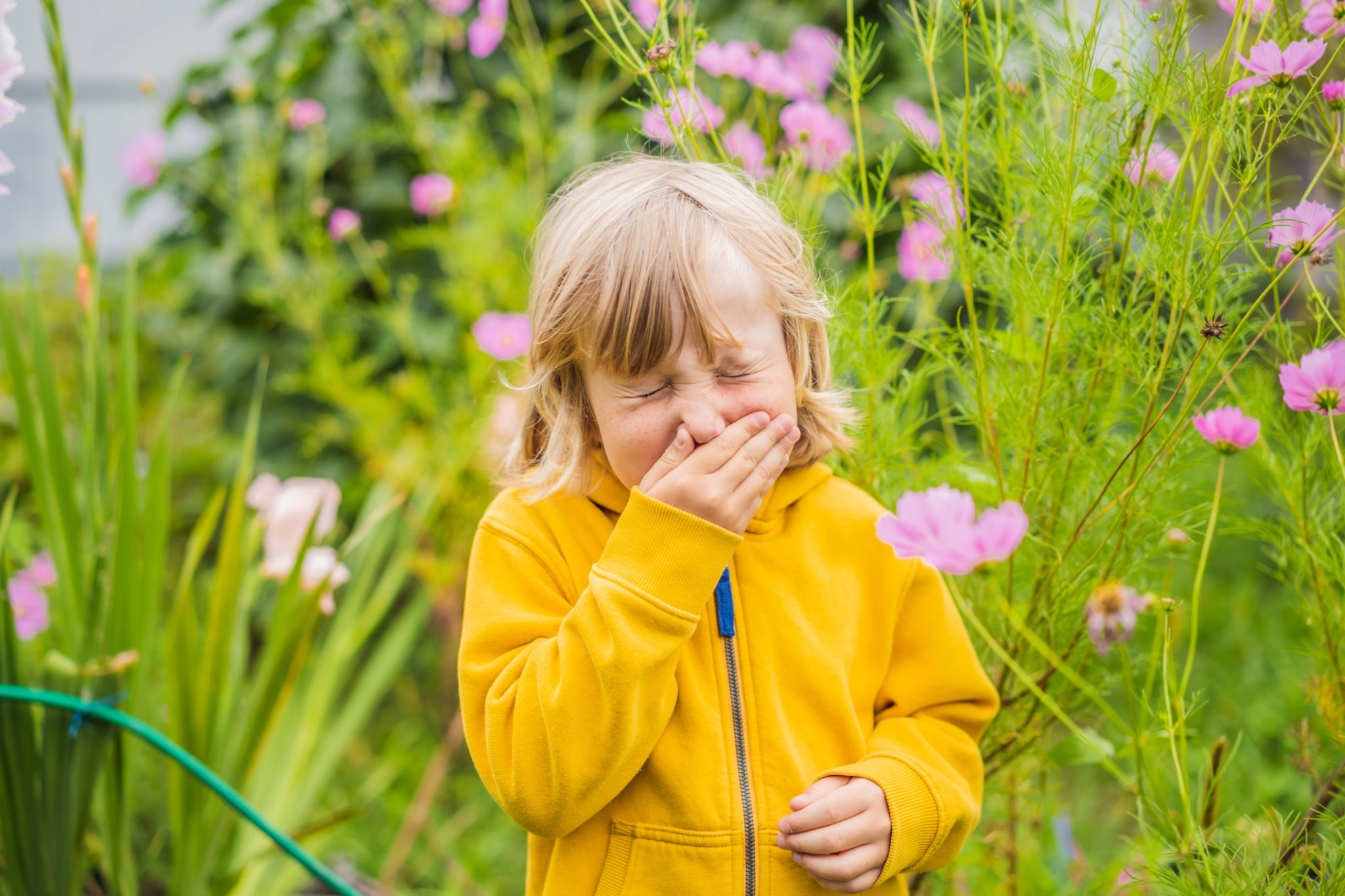How Seasonal Changes Affect Respiratory Health in Ehlanzeni District
Understanding Seasonal Changes in Ehlanzeni District
Located in the northeastern part of South Africa, the Ehlanzeni District is known for its diverse climate and beautiful landscapes. However, these seasonal changes can significantly affect respiratory health. As the seasons transition, fluctuations in temperature, humidity, and airborne allergens can pose challenges to individuals, especially those with pre-existing respiratory issues.

The Impact of Temperature Shifts
One of the primary concerns for respiratory health in Ehlanzeni is the shift in temperatures between seasons. During the colder months, respiratory illnesses such as colds and flu tend to increase. This is partly due to people spending more time indoors, which facilitates the spread of viruses. Additionally, cold air can irritate the airways, leading to exacerbations in conditions like asthma and chronic obstructive pulmonary disease (COPD).
In contrast, the warmer months bring their own challenges. Increased heat can worsen air quality by raising levels of pollutants and allergens. People with respiratory conditions may find their symptoms aggravated during this time, necessitating more vigilant management of their health.
Humidity and Its Effects
The levels of humidity in Ehlanzeni also fluctuate with the changing seasons, impacting respiratory health. High humidity levels can make the air feel heavy and difficult to breathe, particularly for those with asthma. Moist environments also promote the growth of mold and dust mites, common triggers for allergic reactions and asthma attacks.

Conversely, low humidity, often experienced during winter months, can dry out mucous membranes and skin, increasing susceptibility to infections. Maintaining a balanced indoor environment with proper ventilation and humidity control is essential for mitigating these effects.
Airborne Allergens and Respiratory Health
Seasonal changes bring variations in pollen levels, which can exacerbate allergic reactions in susceptible individuals. Spring and summer are typically associated with higher pollen counts due to blooming plants and grasses. For many residents of Ehlanzeni, this means a spike in hay fever symptoms such as sneezing, coughing, and itchy eyes.
Managing exposure to allergens can be challenging but is crucial for maintaining respiratory health. Utilizing air purifiers, keeping windows closed during high pollen days, and regular cleaning can help reduce indoor allergen levels.

Strategies for Managing Respiratory Health
To cope with the challenges posed by seasonal changes, individuals in Ehlanzeni should adopt proactive strategies. These may include:
- Regularly monitoring local weather forecasts and pollen counts.
- Maintaining a healthy lifestyle with a balanced diet and regular exercise to strengthen the immune system.
- Consulting healthcare providers for personalized advice on managing respiratory conditions.
Additionally, staying informed about the specific environmental factors affecting Ehlanzeni can empower residents to take appropriate precautions and seek timely medical intervention when necessary.
Conclusion
Seasonal changes in Ehlanzeni District present distinct challenges to respiratory health. By understanding these impacts and implementing effective management strategies, residents can better protect themselves against the adverse effects of temperature shifts, humidity variations, and airborne allergens. Prioritizing respiratory wellness is essential for a healthy life amidst the natural beauty of Ehlanzeni.